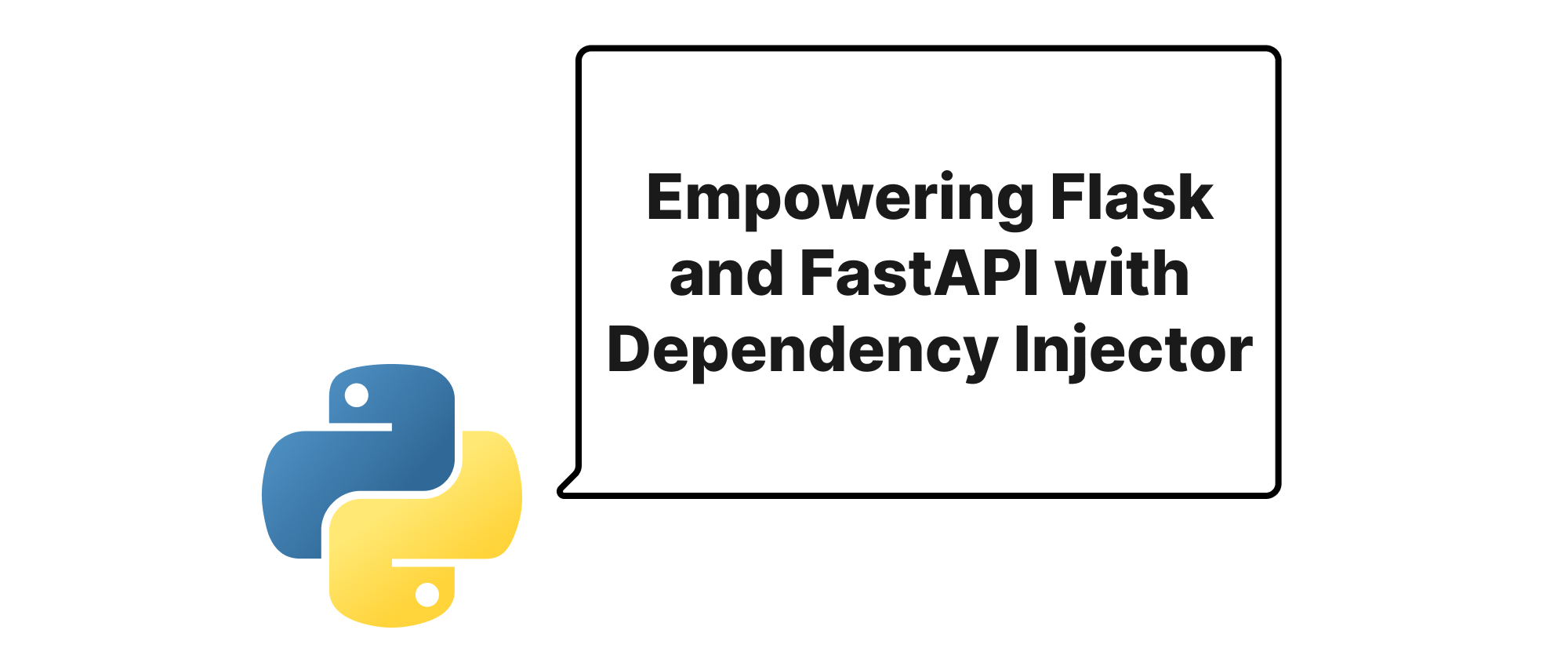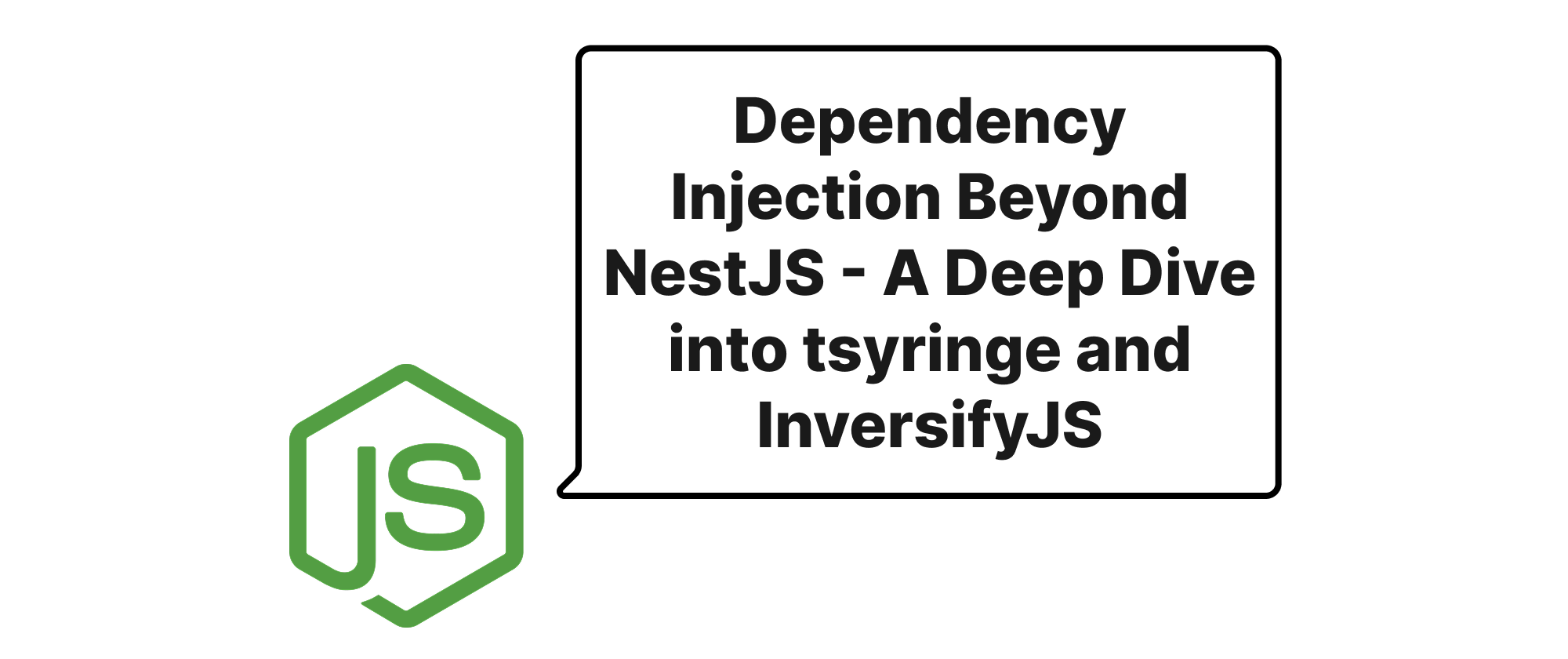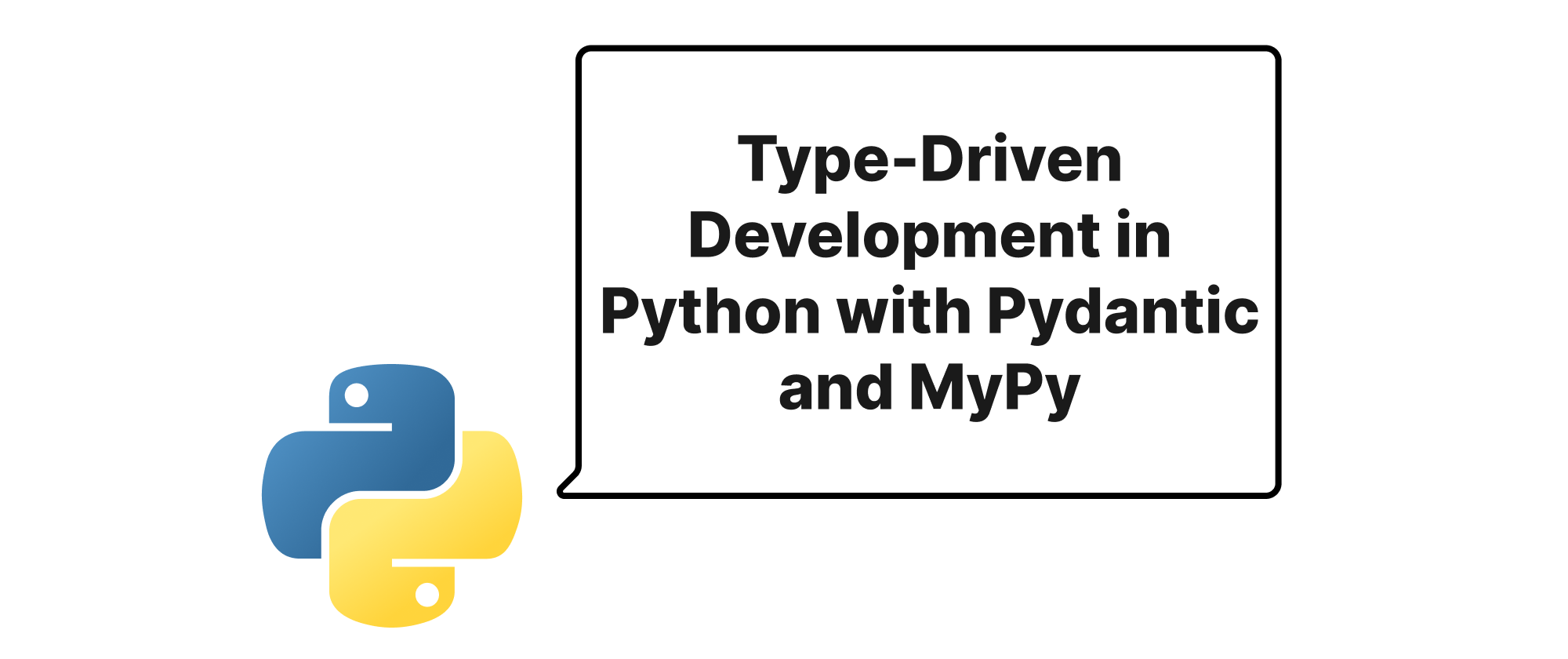Empowering Flask and FastAPI with Dependency Injector
James Reed
Infrastructure Engineer · Leapcell

Introduction
Modern web frameworks like Flask and FastAPI have revolutionized how developers build efficient and scalable APIs. As applications grow in complexity, managing dependencies between different components can become a significant challenge. Tightly coupled code hinders maintainability, testability, and overall application flexibility. This is where the concept of Inversion of Control (IoC) and Dependency Injection (DI) becomes invaluable. By externalizing dependency creation and management, we can build more modular and resilient systems. This article delves into how the python-dependency-injector library can be seamlessly integrated into Flask and FastAPI projects to harness the power of IoC, leading to cleaner, more testable, and more maintainable codebases.
Understanding Core Concepts
Before diving into implementation details, let's establish a clear understanding of the core concepts that underpin our discussion.
Dependency: In software engineering, a dependency refers to a component or object that another component requires to perform its function. For example, a UserService might depend on a UserRepository to interact with the database.
Inversion of Control (IoC): IoC is a design principle where the control of object creation, configuration, and lifecycle management is transferred from the application code itself to a container or framework. Instead of a component creating its dependencies, it receives them from an external source.
Dependency Injection (DI): DI is a specific implementation of IoC where dependencies are "injected" into a component, rather than the component instantiating them itself. This injection can happen via constructor injection, setter injection, or interface injection. The primary benefits include increased modularity, testability, and reduced coupling.
DI Container: A DI container (like python-dependency-injector) is a framework that manages the instantiation and lifecycle of objects and their dependencies. It provides a centralized mechanism for defining, resolving, and injecting dependencies throughout an application.
python-dependency-injector is a powerful and flexible DI container for Python. It allows you to declare how your application's components are constructed and wired together, making it easy to manage complex object graphs.
Implementing Inversion of Control with Dependency Injector
The python-dependency-injector library facilitates IoC by providing a declarative way to define and manage dependencies. Let's explore its principles, implementation, and application in both Flask and FastAPI.
Principles of Integration
The core principle involves defining Container classes that act as blueprints for our application's services and their dependencies. These containers then expose providers that resolve to specific instances of services. When a Flask or FastAPI endpoint needs a particular service, instead of instantiating it directly, it requests it from the container, which then handles the creation and injection of any required sub-dependencies.
Application in Flask
Let's consider a simple Flask application that manages users.
First, install the library:
pip install dependency-injector Flask
Define our core components:
# app/services.py class UserRepository: def __init__(self, db_connection_string: str): self.db_connection_string = db_connection_string print(f"UserRepository initialized with: {db_connection_string}") def get_user(self, user_id: int) -> str: # Simulate database call return f"User {user_id} fetched from {self.db_connection_string}" class UserService: def __init__(self, user_repository: UserRepository): self.user_repository = user_repository print("UserService initialized") def find_user(self, user_id: int) -> str: return self.user_repository.get_user(user_id)
Now, let's define our Container:
# app/containers.py from dependency_injector import containers, providers from app.services import UserRepository, UserService class ApplicationContainer(containers.DeclarativeContainer): config = providers.Configuration() user_repository = providers.Singleton( UserRepository, db_connection_string=config.db.connection_string ) user_service = providers.Factory( UserService, user_repository=user_repository )
Finally, integrate with Flask:
# app/__init__.py from flask import Flask from app.containers import ApplicationContainer def create_app() -> Flask: app = Flask(__name__) app.config.from_mapping({"DB_CONNECTION_STRING": "sqlite:///my_database.db"}) # Initialize the container container = ApplicationContainer() container.config.db.connection_string.from_env("DB_CONNECTION_STRING", "sqlite:///default.db") container.config.from_dict(app.config) # Load Flask config into container container.wire(modules=[__name__]) # Wire dependencies @app.route("/") def index(): return "Welcome to the Flask DI example!" @app.route("/user/<int:user_id>") def get_user(user_id: int, user_service: UserService = container.user_service) -> str: # user_service is injected by the container return user_service.find_user(user_id) return app
We initialize the ApplicationContainer, load configuration, and then use container.wire to make dependencies available. Notice how user_service is injected directly into the route handler's signature. This is achieved through the power of dependency-injector's wiring capabilities, although for Flask it often involves manually retrieving from the container if not using external Flask extensions. For simplicity and directness in Flask, directly accessing container.service_name in the route function or using the inject decorator is common.
Application in FastAPI
FastAPI, with its robust dependency injection system built-in, pairs exceptionally well with python-dependency-injector.
First, install:
pip install dependency-injector FastAPI uvicorn
We can reuse the app/services.py and app/containers.py files from the Flask example.
Now, integrate with FastAPI:
# main.py from fastapi import FastAPI, Depends from dependency_injector.wiring import inject, Provide from app.containers import ApplicationContainer from app.services import UserService def create_app() -> FastAPI: app = FastAPI() container = ApplicationContainer() container.config.db.connection_string.from_env("DB_CONNECTION_STRING", "sqlite:///default.db") # For FastAPI, you usually set environment variables or use Pydantic settings for config # For demonstration, let's set it directly container.config.db.connection_string.set("postgresql://user:pass@host:port/dbname") container.wire(modules=[__name__]) @app.on_event("startup") async def startup_event(): print("FastAPI app starting up") @app.on_event("shutdown") async def shutdown_event(): print("FastAPI app shutting down") @app.get("/") def read_root(): return {"message": "Welcome to the FastAPI DI example!"} @app.get("/user/{user_id}") @inject async def get_user( user_id: int, user_service: UserService = Depends(Provide[ApplicationContainer.user_service]) ): return {"user": user_service.find_user(user_id)} return app app = create_app()
In the FastAPI example, ApplicationContainer.user_service is provided to Depends which is FastAPI's mechanism for dependency injection. The @inject decorator from dependency_injector.wiring ensures that any dependencies declared within the function signature that match a container provider are automatically resolved. This makes the integration incredibly clean and powerful.
Provider Types and Their Significance
python-dependency-injector offers various provider types, each serving a specific purpose:
providers.Singleton: Returns the same instance of an object every time it's requested. Ideal for database connections, global caches, or shared services that don't maintain state specific to a single request.providers.Factory: Creates a new instance of an object every time it's requested. Suitable for services that hold request-specific state or should not be shared across requests.providers.Callable: Provides the result of a callable (function or method) every time it's requested.providers.Resource: Manages the lifecycle of a resource (e.g., database session). It provides setup and teardown logic.providers.Configuration: Provides configuration values, often loaded from environment variables, files, or dictionaries.
Choosing the correct provider type is crucial for optimal resource management and application behavior.
Benefits and Application Scenarios
The benefits of using python-dependency-injector are profound:
- Improved Testability: Services can be easily mocked or replaced with test doubles during unit and integration testing, as they no longer instantiate their own dependencies.
- Reduced Coupling: Components become independent of how their dependencies are created, leading to loosely coupled architecture.
- Enhanced Modularity: Clear separation of concerns, where each service has a single responsibility.
- Easier Configuration Management: Centralized configuration of dependencies, making it simple to switch between different environments (development, staging, production).
- Better Maintainability: Changes to a dependency's implementation rarely affect its consumers directly, as long as the interface remains consistent.
This approach is particularly valuable in:
- Large-scale applications with many interconnected services.
- Applications requiring flexible configuration for different deployment environments.
- Projects where robust unit and integration testing is a priority.
- Microservices architectures where services communicate via well-defined interfaces.
Conclusion
Integrating python-dependency-injector into Flask and FastAPI projects is a strategic move towards building more robust, testable, and maintainable applications. By embracing Inversion of Control, we empower our systems with greater flexibility and a clearer separation of concerns. This methodology not only cleans up our codebase but also significantly improves our ability to adapt and scale.


